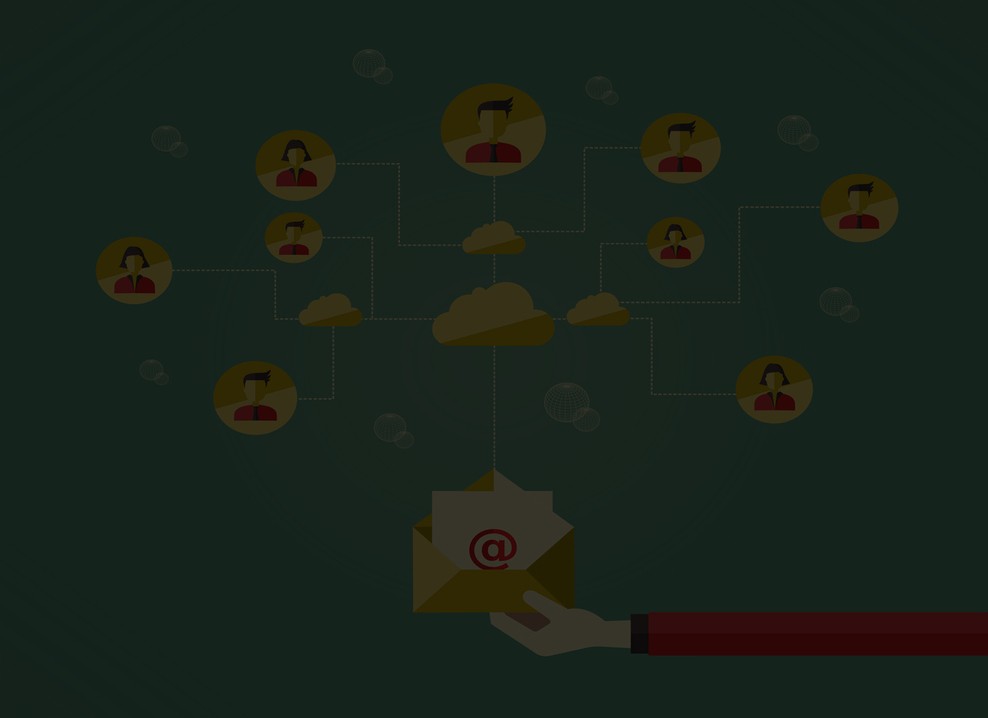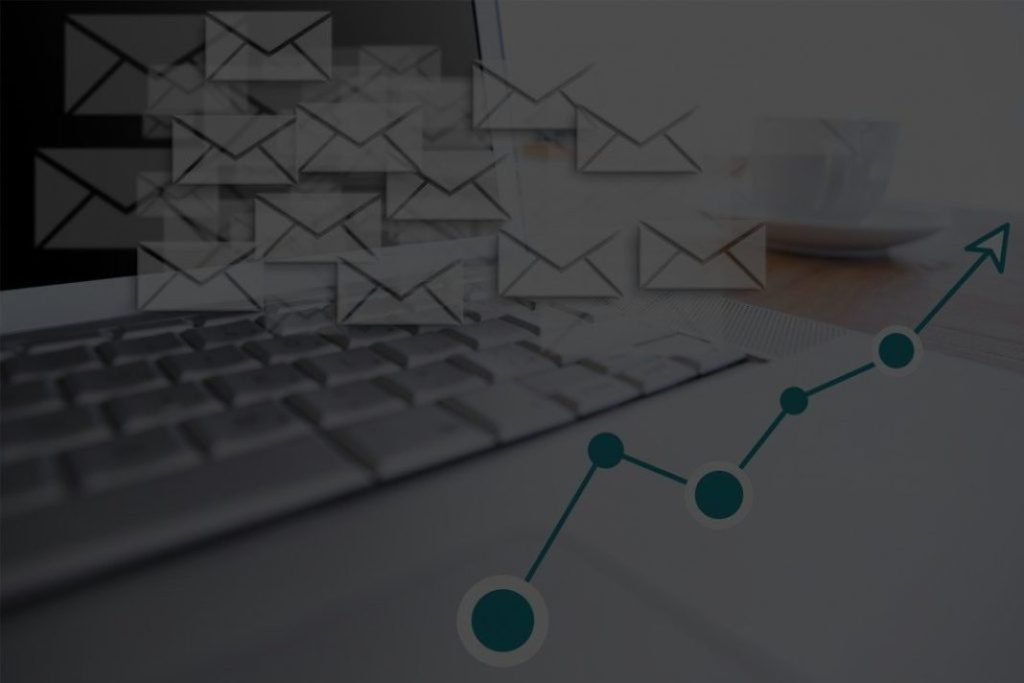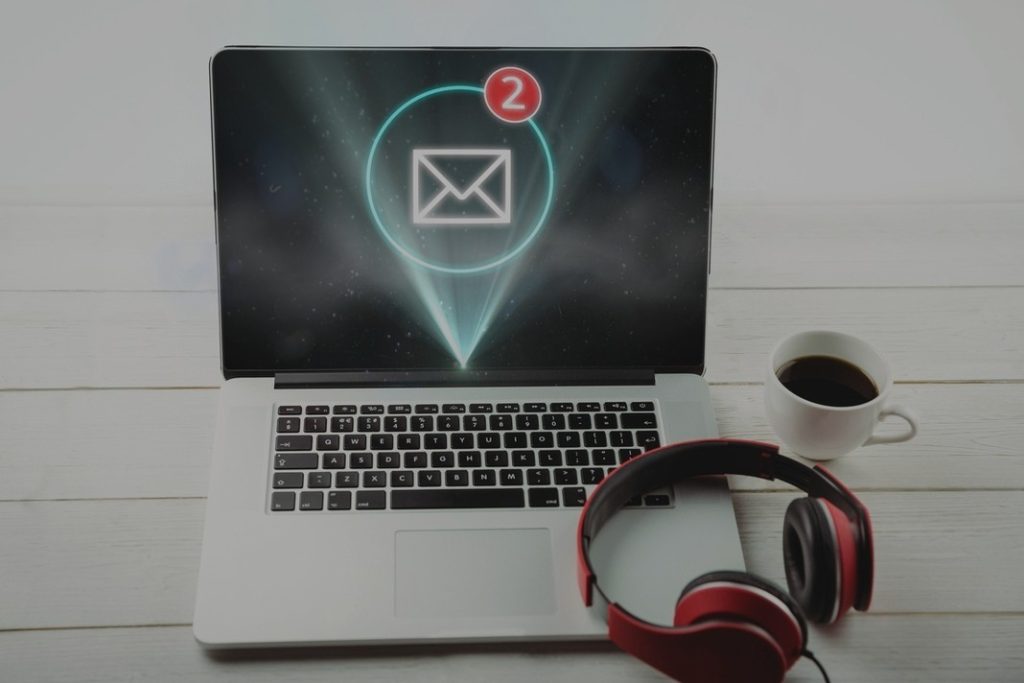5 Essential Steps to Follow for Personalized Email Marketing
Personalized email marketing is a trending strategy to nurture leads and convert them into potential customers. However, it works well only if you know your audience and craft emails accordingly.

In the trend of social media and other marketing strategies, email marketing still holds the center stage in terms of return-on-investment (ROI) and conversion rate. As per a report published by McKinsey, email is found to be 40 times more effective in gaining new customers as compared to social media channels (Facebook and Twitter).
To back up the return-on-investment statement, here is another statistic: As per a study conducted by DMA in the year 2015, every $1 spent on an email brings back $38 on average.
These data are no secrets and every company that is trying to reach the target audience is capitalizing on email marketing. Email enables marketers to connect with the audience in a better way, promote their brand, sell products, share interesting news, tell a story, and increase sales.
However, getting into the inbox and connecting with the leads is not as easy as it may sound. And data proves that again- on average only 21.33 % of emails are opened by the recipients.
This brings to the question- how to improve the open rates? For which the answer is- personalized email marketing.
Personalized email marketing comes with lots of advantages and not knowing the skill of personalization emails can result in huge loss. As per a study conducted by Accenture, lack of personalization in the email could cost a loss of $2.5 trillion to a company in general. To avoid the loss, marketers are advised to go for personalized email marketing and marketers themselves agree to the fact. As per research conducted by Adage, marketers were asked to prioritize one skill that they believe will be most important to their future marketing endeavors and 33% of them answered: “personalization.”
Why Personalization is Paramount in Email Marketing?
Every individual wants to feel like an individual and not just a mere source of business. So, when they opt-in to be in your email list and provides details such as name, place, occupation, and date-of-birth, they unintentionally anticipate a crafted and dedicated mail. And at the same time, the mail should also serve their demands and requirements. When an individual receives a well-articulated mail addressed with the name and an impressive subject line; it makes the person feel more like an individual and grabs the attention of the recipient in no time. This, in turn, results in subscribers opening, reading, and engaging with your emails; thereby strengthening your relationship with the customer and building the credibility of your brand. This takes us to the next segment- How to personalize email marketing? Well, in this bottle-neck competition, the name game is just not enough to impress a customer and persuade him/her to open the email. Collecting from data to analyzing their need and articulating the mail, it is a long way that requires lots of research and patience, indeed. To ease your job, we have concluded 6 essential steps that you should include for personalized email marketing-- Know the Intention: In order to send a personalized email to your audience, you should know them and above all what they are looking for. When you will know your audience, the task of writing personalized mail becomes easier.
- Segment Target Audience: For the personalized email market, you should know your subscribers. This, further, will help you to decide what kind of information they want.
- Descriptive Subject Lines: Subject lines play a vital role in creating an impression in the case of email marketing. In the case of personalization of subject lines, the personalization tactic should be very precise in order to work.
- Frequency of Mail: There is no established formula about the frequency of email sent to the subscribers; however, if you send it too often the subscribers are likely to spam the mails or even unsubscribe eventually.
- Synchronize with Landing Page: The idea of personalized email marketing is beyond open rates. The real aim is to convert readers into potential customers. Hence, you should make sure that the content you are delivering is similar to your landing page, or else it won’t make sense. It is suggested to include links in the mail that redirects the readers to the intended website.



